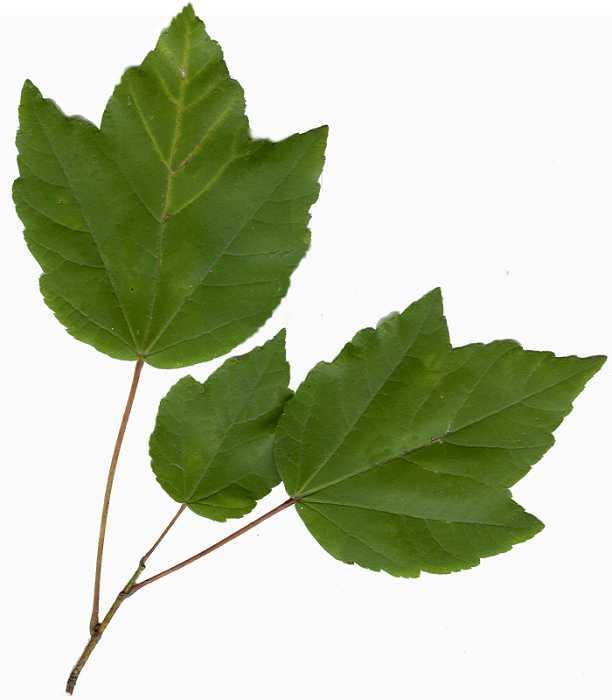
Bottlebrush buckeye (Aesculus parviflora)
Bottlebrush buckeye, also known as Dwarf buckeye
Bottlebrush buckeye (Aesculus parviflora) is a standout deciduous shrub, renowned for its stunning summer blooms. Here are its key characteristics and benefits for gardens and landscapes:
**Characteristics:**
1. **Eye-Catching Flowers:** Boasts impressive, white, bottlebrush-like flower spikes adorned with crimson and rosy stamens, blooming in early to mid-summer.
2. **Dense Foliage:** Features lush, dark green, palmate leaves that turn a striking yellow in the fall.
3. **Growth Habit:** Forms a dense, multi-stemmed shrub, typically reaching 6-12 feet in height and width.
4. **Shade Adaptability:** Thrives in partial to full shade, making it ideal for shaded garden areas.
5. **Hardy:** Generally resistant to pests and diseases, requiring minimal maintenance.
**Benefits:**
1. **Visual Interest:** Adds significant aesthetic value with its unique floral display and seasonally changing foliage.
2. **Wildlife Attraction:** Draws pollinators, including hummingbirds and butterflies, enhancing garden biodiversity.
3. **Erosion Control:** Its dense root system helps stabilize soil, making it useful for erosion-prone areas.
4. **Versatile Growth:** Adapts well to various soil types, from clay to sandy soils.
5. **Focal Point:** Ideal for use as a focal point in garden designs, providing a striking visual anchor.
With its exceptional blooms and adaptability, Bottlebrush buckeye is an excellent choice for adding beauty and ecological benefits to any garden or landscape.
Key Facts About Bottlebrush buckeye
Attributes of Bottlebrush buckeye
Scientific Classification of Bottlebrush buckeye
Toxicity
The nuts are sometimes roasted and eaten by humans by mistake. In addition, small children and others who tend to put nonfood items in their mouths may also get poisoned.